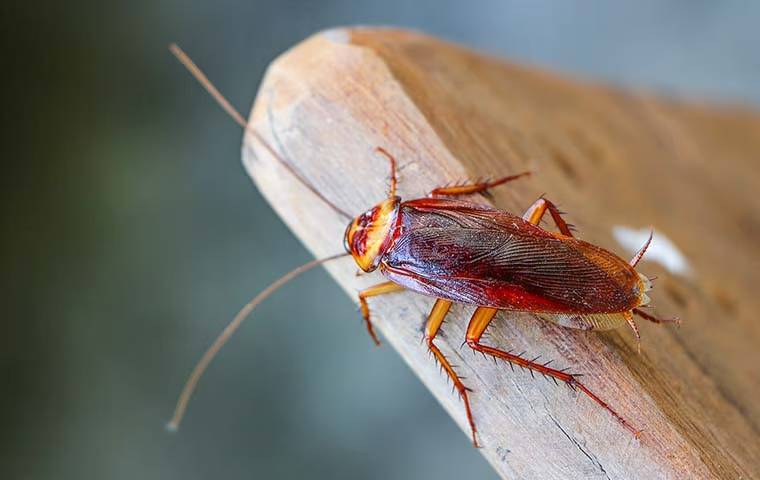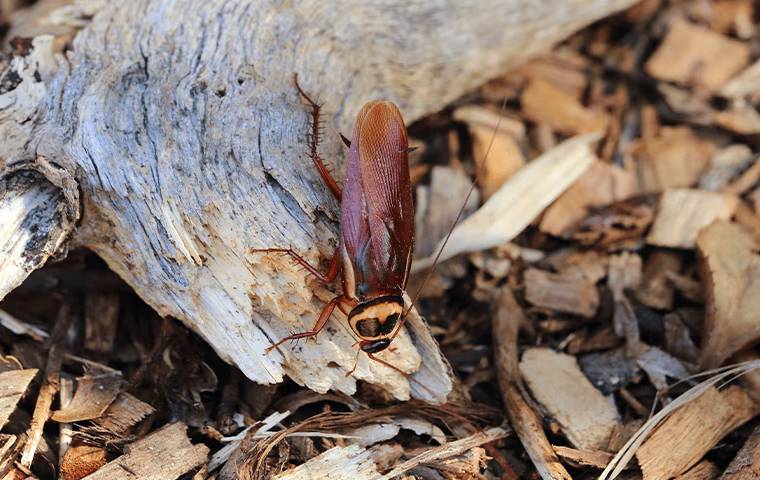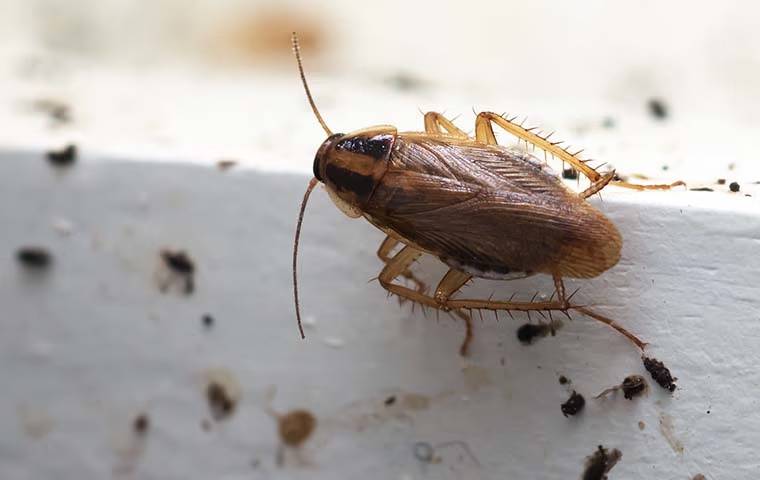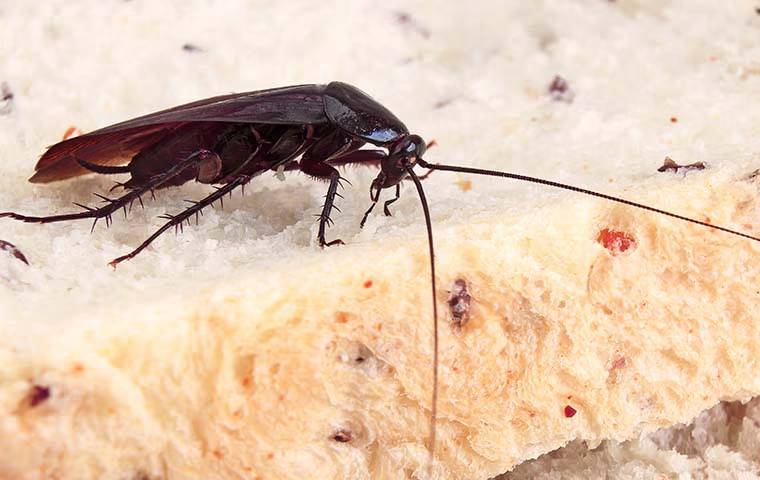Cockroaches In South Florida
Cockroach Identification
Cockroaches have inhabited the earth for about 350 million years. They are without a question one of the most successful insects on the planet.
Their capacity to adapt to changes in the environment over millions of years is a reason why they are one of the most difficult pests to control.
There are about 3500 species of roaches worldwide but the most common in South Florida are the American and German cockroach.
What do cockroaches look like?
Most roaches that invade our homes range in size from ½ inch to 2 inches in the case of American cockroach.
Roaches are oval and have flattened bodies which allow them to hide in cracks and crevices, and squeeze through small openings. An adult American cockroach can compress their body to fit through a 3 mm crevice. It can also withstand more than 900 times their body weight. If you ever stepped on a palmetto cockroach you will know this to be true.
Cockroaches belong to the order Blattaria. The body consist of the head, thorax, three pair of legs, and a pair of antennae. The outer covering is the exoskeleton.
What is the lifecycle of cockroaches?
Cockroaches develop by gradual metamorphosis consisting of the egg, nymph, and adult stage. Other insects that have the same developmental process include earwigs, crickets, and bed bugs. In gradual metamorphosis the nymphs resemble the adults in appearance and behavior, however they are smaller. Also, the reproductive organs and wings (when present) only become functional in the adult stage. In order to grow the nymph must shed the exoskeleton several times before becoming an adult. This process is known as molting. The number of molts varies by species and once in the adult stage they stop molting. Each nymphal stage is also known as an instar.
The female cockroach produces egg capsules, known as ootheca. Each ootheca contain 4 to 60 eggs depending on the species. Some species drop the egg case, while other species glue it to a protected surface. The nymphs free themselves by working together to break the seam of the capsule. When the seam opens, the baby roaches emerge.
The time from egg to adult is 53 days for German roaches and 600 days for American roaches.
What is a cockroaches behavior?
Cockroaches are mostly active at night, but they may be seen during daylight when the infestation is very high and harborage areas are overcrowded. Cockroaches will also emerge during daytime when exposed to pesticides or lack of food and water.
Cockroaches are not social insects like termites and ants. They share the same space and food sources, but they forage for food individually. Cockroaches form aggregates of individuals, but each member is on his or her own. And when food is limited, they become cannibalistic and start eating each other.
Fun Facts About Cockroaches
- Cockroaches can regenerate missing body parts such as a lost leg during the nymphal period with additional molts.
- All newly molted cockroaches are white.
- Domestic species of cockroaches are nocturnal but they will be found during daylight when the infestation is very large and limited harborage space.
- Female cockroaches store enough sperm to produce several egg cases.
- American roaches can produce unfertilized eggs that only develop into females known as parthenogenesis. Just like chickens.
- The heaviest cockroach is the Australian rhinoceros (Macropanesthia rhinoceros). Weights up to 40 grams or 1.4 oz
- The longest cockroach is the Megaloblatta bladeroides, about 4 inches.
- The smallest cockroach is Anaplecta from Central America, weights under 10 mg or 0.0003 oz
- Adult males of American, Australian, and Brownbanded cockroaches are week fliers. Most pest species do not fly.
- Cockroaches can live several weeks without food and a week without water.
- Cockroaches breath through spiracles (small openings) on the side of its body.
- Giant cockroaches of the family Blaberidae like the Madagascar hissing cockroach can live without its head for a month. German roaches live one week without its head.
- German roaches can survive 15 minutes submerged under cold water.
- Cockroaches are more resistant to radiation than vertebrates because they are arthropods. They are no more special than other arthropods.



